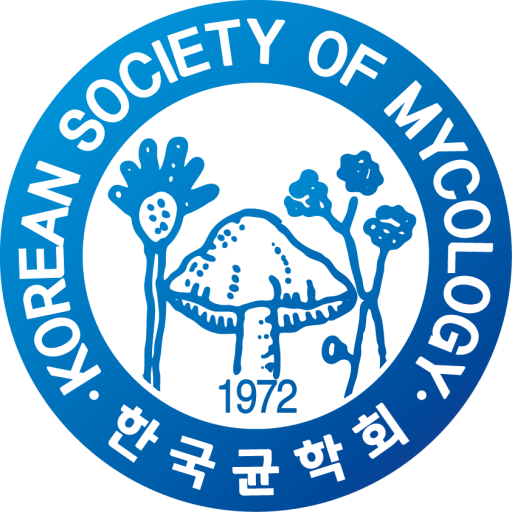Morphological and Molecular Characterization of Two Novel Fungal Species of Humicola and PseudohumicolaIsolated from Soil in Korea
Hae-Dam Kim1, Seong-Keun Lim1, Seo-Ryeong Lee1, Che-Yeon Park1, Seung-Yeol Lee1,2*, Hee-Young Jung1,2
1Department of Plant Medicine, Kyungpook National University, Daegu, Korea
2Institute of Plant Medicine, Kyungpook National University, Daegu, Korea
*Email: leesy1123@knu.ac.kr
During the investigation of soil-inhabiting fungi in Korea, two fungal strains, designated as KNU-1816 and KNUF-20-124, were isolated from Gyeongbuk Province. Based on BLAST search results of the internal transcribed spacer (ITS) regions revealed that two strains belong to the genera Humicola and Pseudohumicola, respectively. To identify the strains at the species level, sequences of the ITS regions, partial sequences of the large subunit (LSU) 28S rRNA, RNA polymerase II subunit(RPB2), beta-tubulin (TUB2) genes were analyzed. Strain KNU-1816 exhibited 98.3, 100, 95.3, 92.4% similarities in the ITS regions, LSU, RPB2, TUB2 gene sequences, respectively, to the closely related species H. christensenii CBS 1227760ᵀ and formed a distinct position from other Humicola species in the phylogenetic tree. Morphologically, KNU-1816 was differentiated with cultural characteristics on oatmeal agar (OA), corn meal agar (CMA), malt extract agar (MEA), potato carrot agar (PCA), as well as the size of conidia, shape, size of ascomata with ascomatal hair. In the case of KNUF-20-124, the analyses of ITS regions, LSU, RPB2, TUB2 gene sequences displayed similarities of 99.6, 100, 95.6, 90.8% with the closely related species P. pulvericola CBS 144165T, which formed a distinct position with other Pseudohumicola species in the phylogenetic tree. According to the morphological and cultural characteristics, KNUF-20-124 was differentiated from OA, CMA, MEA, PCA, width of hyphae, size of aleurioconidia, and Acremonium-like conidia. Based on the cultural and morphological characteristics with phylogenetic analyses, we proposed two novel species within the genera Humicola and Pseudohumicola, isolated from soil in Korea.

 English
English